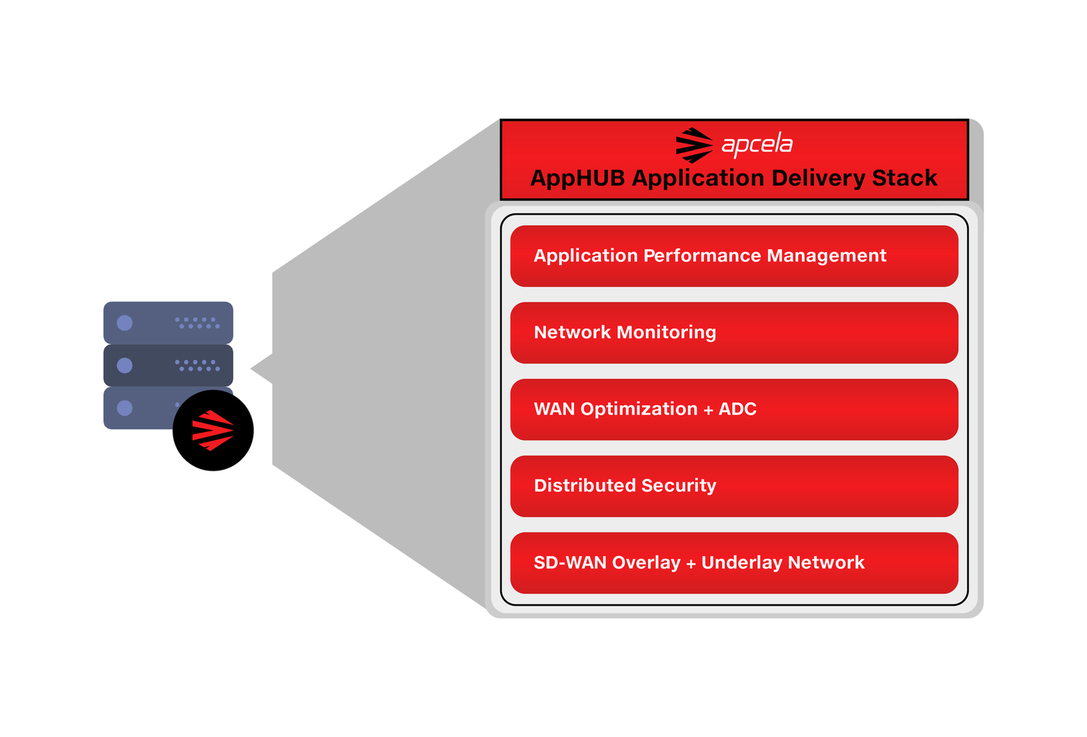We’ve often talked about the benefits of using communication hubs for building a cloud-ready WAN architecture. (See Communications hubs emerge as a bridge to hybrid IT.) These hubs, which are essentially virtual data centers, consist of racks of switching equipment that are deployed in carrier dense, commercial collocation data centers provided by the likes of Equinix, CyrusOne and Coresite, among dozens more operating hundreds of these sites globally. The hubs are interconnected with high-capacity, low-latency circuits that create a high-performance core.
At the edge of this network, an enterprise can interconnect with its existing carrier services, whether they are MPLS networks, dedicated internet access networks, Ethernet, or private line services. The organization also can directly connect to its branch offices, remote and mobile users and partners, and of course, its core data centers.
This is a shifting of the WAN architecture, moving what used to be the enterprise premises-based data center as the center of the universe, now to these communication hubs which are helping hybrid IT enterprises span that legacy environment and the cloud environment.
How does an enterprise go about deploying these communication hubs?
(We’re going to assume the organization already knows where it needs to locate its hubs. That’s a topic for a whole other blog.)
In terms of deployment, there are three methods: (1) build-it-yourself from scratch (DIY), (2) follow a reference architecture and build out the rest yourself (partial-DIY), (3) or rent capacity at existing hubs around the world.
1. DIY Model
In the total DIY model, the enterprise must choose the carrier-neutral data center in each city where it wants to locate a hub. The organization’s solution architects must develop the hub strategy, architecture and technical design. The organization must order, configure and install the hardware devices in the rack and arrange for carrier circuit procurement. Then the enterprise is responsible for connecting its existing data centers, branches, and so on, and of course testing everything to make sure it’s working properly. In short, it’s a complex, expensive and time-consuming process.
2. Partial- DIY Model
In this model, the enterprise would work with a company that already has hosted data centers around the world. For example, Equinix has a solution framework called a Performance Hub. Think of it as a partially-constructed communications hub template where an enterprise customer fills in the blanks. In this approach, the data center provider offers a reference architecture and design guidelines that demonstrate how to integrate the various technology options an enterprise might want, like security, load balancing, and WAN optimization. The provider might even offer planning and integration services through its own solution architects who can help put everything together per the enterprise’s specifications. It’s a much faster process than complete DIY, but the total timeframe is still weeks to months to build a communications hub, and there are some complex chooses to understand and make.
3. “Just Rent It” Model
Frankly, this is what Apcela offers with our highly distributed global network of application hubs, or AppHUBs. AppHUBs are data centers built in the cloud at network and cloud provider dense carrier-neutral colocation facilities. AppHUBs provide an on-ramp to Apcela’s global low-latency network and high-performance application delivery platform. They are interconnected and highly meshed using the most direct, dedicated fiber connections to ensure the lowest site-to-site network latency.
Given that Apcela’s communication hubs are inherently multi-tenant, an enterprise can simply rent the capacity it needs in the locations it desires and be up and running in days rather than many weeks or months. Everything is already built and integrated, so there is minimal effort to get started.
At this writing Apcela operates AppHUBs in over 70 cloud hubs globally, reaching an extended environment that touches 185 markets in 41 countries, and we’re adding new markets every month. We have a very strong footprint in North America and Europe. We are in key markets in Asia, Africa and South/Central America and see opportunities for expansion in those regions. We feel confident that even a large global enterprise will find the necessary regional locations for its communication hubs through Apcela’s current coverage.
Build from scratch, build from a template, or simply rent what’s already there. For companies seeking speed and agility, we think the choice is obvious.


